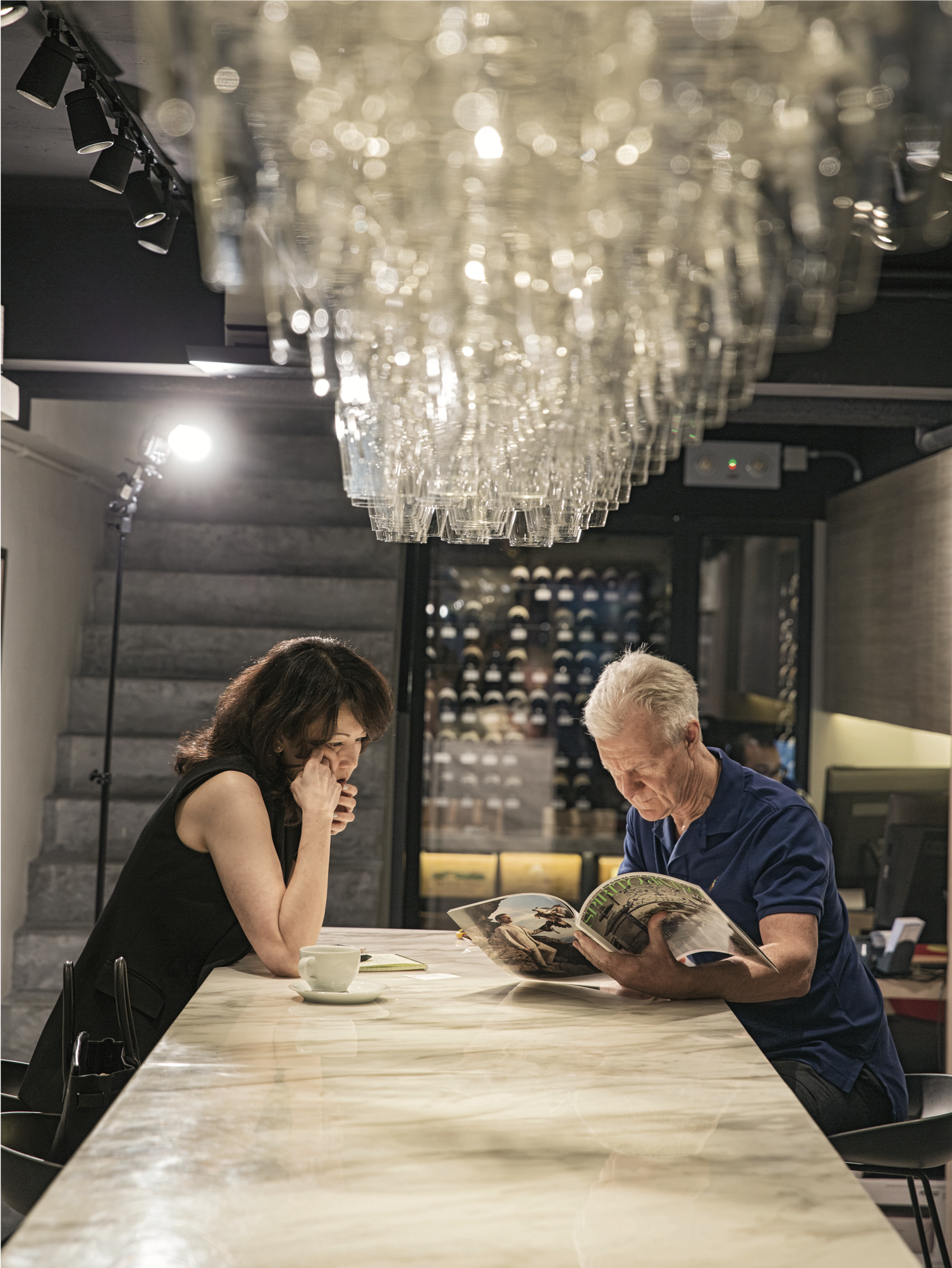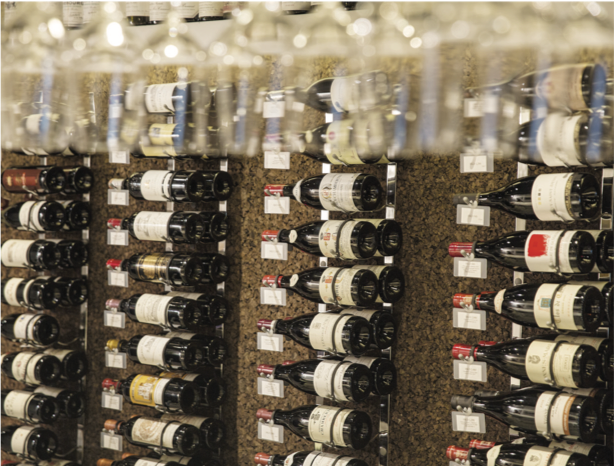by Catherine Yen photos by Keith Sin
What are some of the recent trends in Burgundy today and what global consumers are looking for in wines? Let’s find out from this leading wine critic and expert from the States.
It was a great opportunity to have a session with Allen Meadows, the leading American wine critic and renowned expert on Burgundy wine during his one week visit to Hong Kong with Fine Wine Experience. Allen is particularly interested in the educational aspect of finding different ways to communicate knowledge about the Region to more people. During his time in Hong Kong, he conducted a couple of masterclasses, held various theme- based dinners and he also had a session with sommeliers hoping to showcase some of the lesser known appellations and producers from the Region. I applaud Allen for doing this as it is important to build the experience of those in the profession to help them get a wider perspective on the different terroirs. After all, Burgundy is a region famous for its patchwork of climates.
The seven top markets for Allen are USA, UK, Australia, Canada, Hong Kong, France and Singapore. Surprisingly Japan is not on his list given the Japanese passion and hunger for knowledge about Burgundy wines. Allen would be very interested in having a presence in Japan but he feels that the language barrier could be an issue. With China, the market is still in its infancy and reminds Allen of the US back in 1985 when there was a general reliance on wine critics and it took around thirty or so years before the market matured. However, these days, consumers are able to obtain information not only from specialists but also from the internet and Allen feels that in ten to fifteen years’ time, China will be the Hong Kong of today.
Allen told me that he now has an Audio Series comprising ten hours of all you need to know about Burgundy (www.burghound.com). This could be an effective “security blanket” for those who are unsure about the Region but are trying to make a purchase decision on some of the wines. To many wine lovers, Burgundy is a region that is somewhat complicated and not so easy to understand. However, once you embark on a journey to find out more, I have found it is a journey of no return. For those of us like me who are on this journey, I thought it would be interesting to get some insights from Allen on the latest trends and issues of this Region.

In terms of Burgundy wine prices, Allen feels that there can only be one way to go given the limited supply. With the Grand Crus representing approximately 1.5% of the entire production of the Region, Allen feels that there is no maximum price limit on these wines. However, the positive effect derived from this is the general improvement in quality down to the Regional Bourgogne wine. From Allen’s perspective, the most controversial issue amongst the producers is still the use of whole clusters. For serious wine collectors, wine geeks and involved consumers, this is also a much talked about subject. Historically there have always been two extreme schools of thought; the Jayer advocate of no stems versus DRC’s use of whole clusters. Since Henri Jayer passed away in 2006, a number of producers have been braver in experimenting with including some or all of the stems in their wine. Use of a significant percentage of stems will inevitably have an impact on the style of wines produced and requires an extra dimension of care from the producers, such as lowering the
yield and more vigorous sorting to avoid botrytis rot which is often found in stems. Jayer once challenged Allen if he had ever tried a stem that tasted good; to which Allen’s response was that no- one would eat salt on its own either but it could add another dimension to the taste of the food.
Stems gives more aroma complexity. Typically the wine will have a floral overtone, spice and some nuance of herbal tea. It is, of course, also another source of tannins. Wines tend to have longer ageing potential but less accessibility in their youth. In the recent riper vintages, stems provided some freshness and, in Allen’s view, some of the best 2009 that he has tasted were those made with the inclusion of stems. But then Allen is also of the view that there is no one way to make good wine.



Moving to a different issue, I was curious, as a consumer, over the recent trend in the production of special cuvee from producers’ signature vineyards. Quantities of these special cuvees are usually minuscule and prices are a few times more than normal. Faiveley first produced the “Les Ouvrees Rodin” which is a special selection of the old vines dated back from 1949 from their Clos de Bèze vineyard in 2009. This was first produced only because a very sophisticated wine collector from Hong Kong who tasted this barrel in 2008 and decided that the quality of the wine stood apart from the rest of the barrels from the same vineyard. He bought this special barrel on a standalone basis. The barrel was given the name of “T5”. From 2010 onwards, this wine was sold to private collectors by way of allocations. There are others such as the Malconsorts Christiane from de Montille and the Clos Saint-Jacques cuvée Centenaries from Fourrier made from a parcel of very old vines planted between 1902 and 1910. More recently in 2014, Lamarche produced cuvee 59 from vines originally planted before 1933 in a special plot within their La Grande Rue vineyard. This plot was included in La Tache until 1959 when it was transferred to Lamarche as part of a vineyard exchange deal.
My question for Allen was why these producers are making these special cuvees. Is this what wine collectors are looking for these days, something more rare and special? Would the production of these special cuvees and their exclusion from the blend undermine the quality of the normal cuvees from these signature vineyards? Allen had views on each of these questions but feels that it is still early days to tell if more producers will come up with these special cuvees. But in summary his tasting experience of these wines is that they are generally very tight, denser and more reserved and would probably take a while before they become accessible. Perhaps there really is no limit in the price tag for these kinds of wine.








